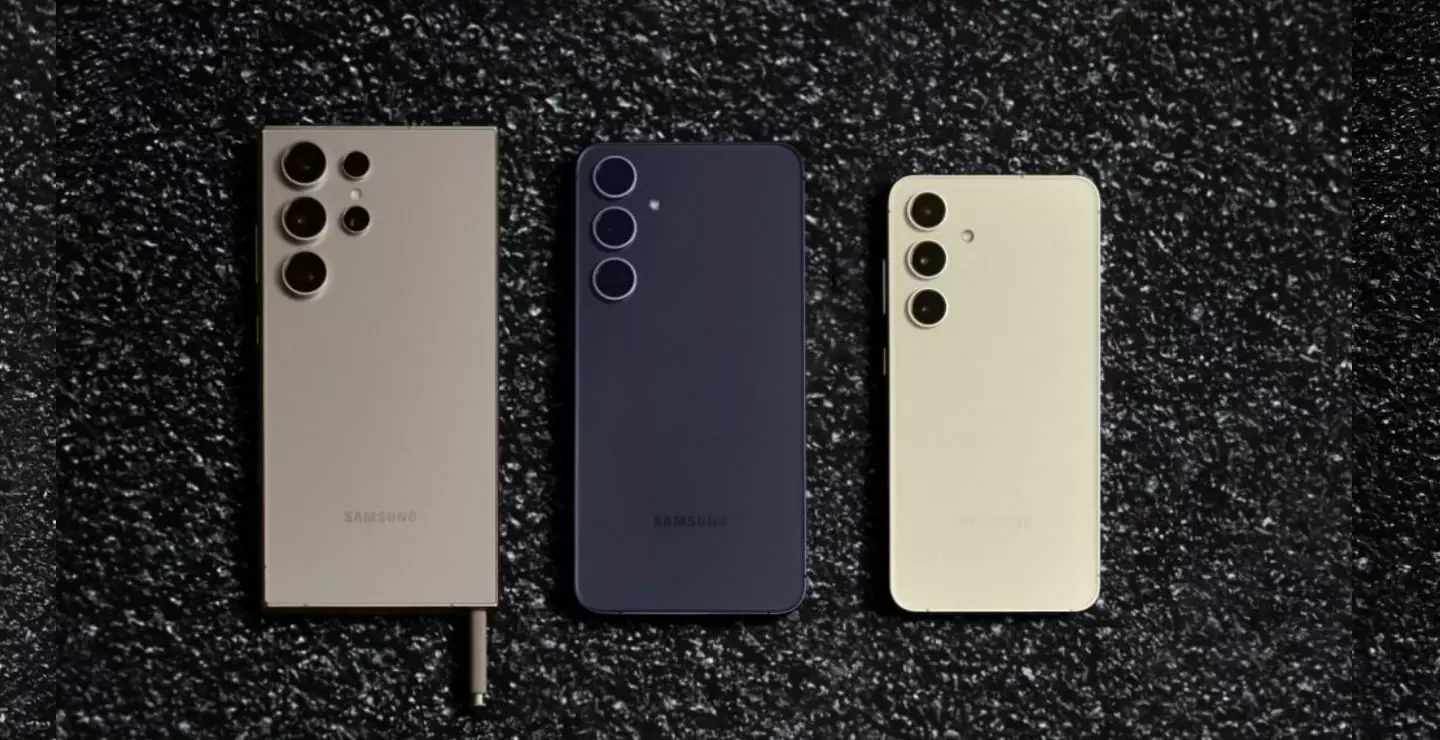The smartphone sector is witnessing a significant turnaround in 2024, marking a pivotal moment for the industry after previous years of decline. According to insights from leading market research firms, global smartphone shipments have surged by four percent year-over-year, a noteworthy recovery after two years of stagnation. This revival in the market can largely be attributed to improved consumer sentiment and easing macroeconomic conditions that have contributed to an upbeat purchasing atmosphere.
For the first time since 2021, smartphone sales have rebounded, lifting the market from the lowest sales figures recorded in a decade in 2023. The driving forces behind this positive shift include enhanced economic stability and a resurgence in consumer confidence, allowing tech-savvy individuals to embrace new devices once again. This renewed enthusiasm for upgrading smartphones can be clearly seen across various regions, with Europe, China, and Latin America leading the charge.
During this revival, Samsung has firmly established itself as the market leader, capturing 19 percent of the global market share. Their success can be largely attributed to the strong demand generated by the Galaxy S24 series, which has been touted as the company’s most innovative lineup yet, featuring cutting-edge AI capabilities. Conversely, Apple has maintained its footing as a close second, with an 18 percent market share primarily driven by the iPhone 16 series, despite facing some challenges related to product availability at launch.
While Samsung and Apple dominate the higher echelons of the market, Xiaomi emerges as a notable contender, securing a commendable 14 percent market share and exhibiting remarkable growth among the top five manufacturers, which also include Vivo and Oppo. These brands, each with an eight percent share, face mounting competition from the likes of Huawei and Honor, which have gained traction thanks to aggressive pricing and innovative offerings. Interestingly, Motorola has also marked its presence as the fastest-growing brand within the broader top 10 smartphone manufacturers, indicative of the rapidly evolving competitive landscape.
Analysts noted that while the established players managed to maintain their positions, they collectively lost some market share to aggressive new entrants. This trend serves as a critical reminder of the fiercely competitive nature of the smartphone industry, where innovation, pricing strategies, and consumer engagement continually shape brand dynamics.
The integration of artificial intelligence (AI) into smartphones is another major narrative shaping the industry’s future. The 2024 market has heralded the entry of AI-driven devices, and projections suggest that by 2028, a substantial 90 percent of smartphones priced above $250 will possess AI capabilities. This technological shift aligns with consumer expectations for more intelligent and intuitive devices, driving brands to enhance their offerings continuously.
As companies invest heavily in AI technologies, the implications for user experience and functionality are profound. With features like personalized assistants and smarter image processing becoming standard, the competition will undoubtedly intensify as brands strive to outdo one another in delivering exceptional smartphone experiences.
While the smartphone market is starting to recover, it is important to note that volumes are unlikely to hit the record highs seen before the COVID-19 pandemic. Nonetheless, revenue projections reveal a positive financial outlook, with expectations for an eight percent year-over-year growth in revenues for 2025, which outpaces the anticipated four percent growth in shipment volumes. This trend indicates that consumers may be willing to invest more in premium devices, prioritizing quality over quantity.
The smartphone industry is undergoing an exciting period of transformation as it emerges from the shadows of past declines. Businesses must remain agile and forward-thinking, capitalizing on the resurgence of consumer demand driven by technological advancements and enhanced economic conditions. As the competition heats up, the stakes are high, and success will depend on a keen understanding of market dynamics and consumer preferences.


Leave a Reply